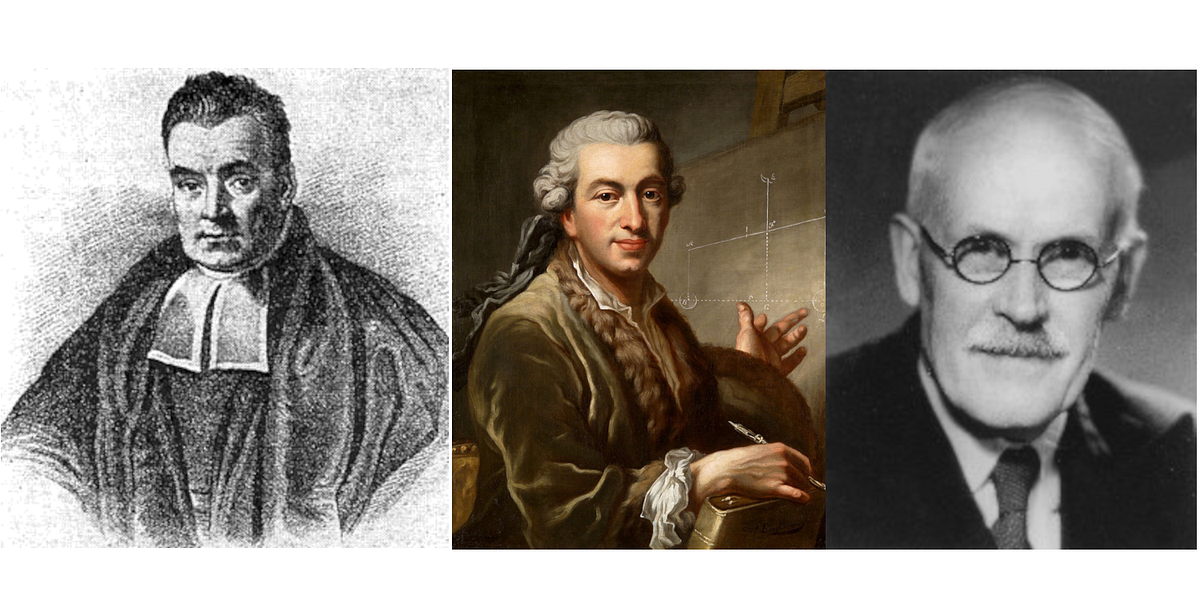
If you look up the history of Fourier analysis, you’ll see that Jean-Baptiste Joseph Fourier formalized the series that would bear his name while working on the heat flow problem. A Fourier series…

In 1654 Pascal and Fermat worked together to solve the problem of the points [1] and in so doing developed an early theory for deductive reasoning with direct probabilities. Thirty years later, Jacob…

Reinforcement learning is a domain in machine learning that introduces the concept of an agent who must learn optimal strategies in complex environments. The agent learns from its actions that result…

Imagine streamlining your entire business management through a single, user-friendly interface on your phone. While juggling multiple apps is common practice, the future lies in consolidating all…

Data is the foundation of how today’s websites and apps function. Items in your shopping carts, comments on all your posts, and changing scores in a video game are examples of information stored…

One of the compelling aspects of utilizing a large language model lies in its capacity to effortlessly construct a personalized chatbot and leverage it to craft your very own chatbot tailored to…

Ever since the introduction of BERT in 2019, fine-tuning has been the standard approach to adapt large language models (LLMs) to downstream tasks. This changed with the introduction of LoRA (Hu et al…
A practical review of applying Differential Privacy to Federated Learning in the NVIDIA Flare framework...
We are glad to say this was a week for Open-Source AI and small LLMs, with the release of LLama 3 by META and Microsoft’s announcement of Phi-3. LLama 3 is a big win for open-source and cheap and…

Every week, several top-tier academic conferences and journals showcased innovative research in computer vision, presenting exciting breakthroughs in various subfields such as image recognition…